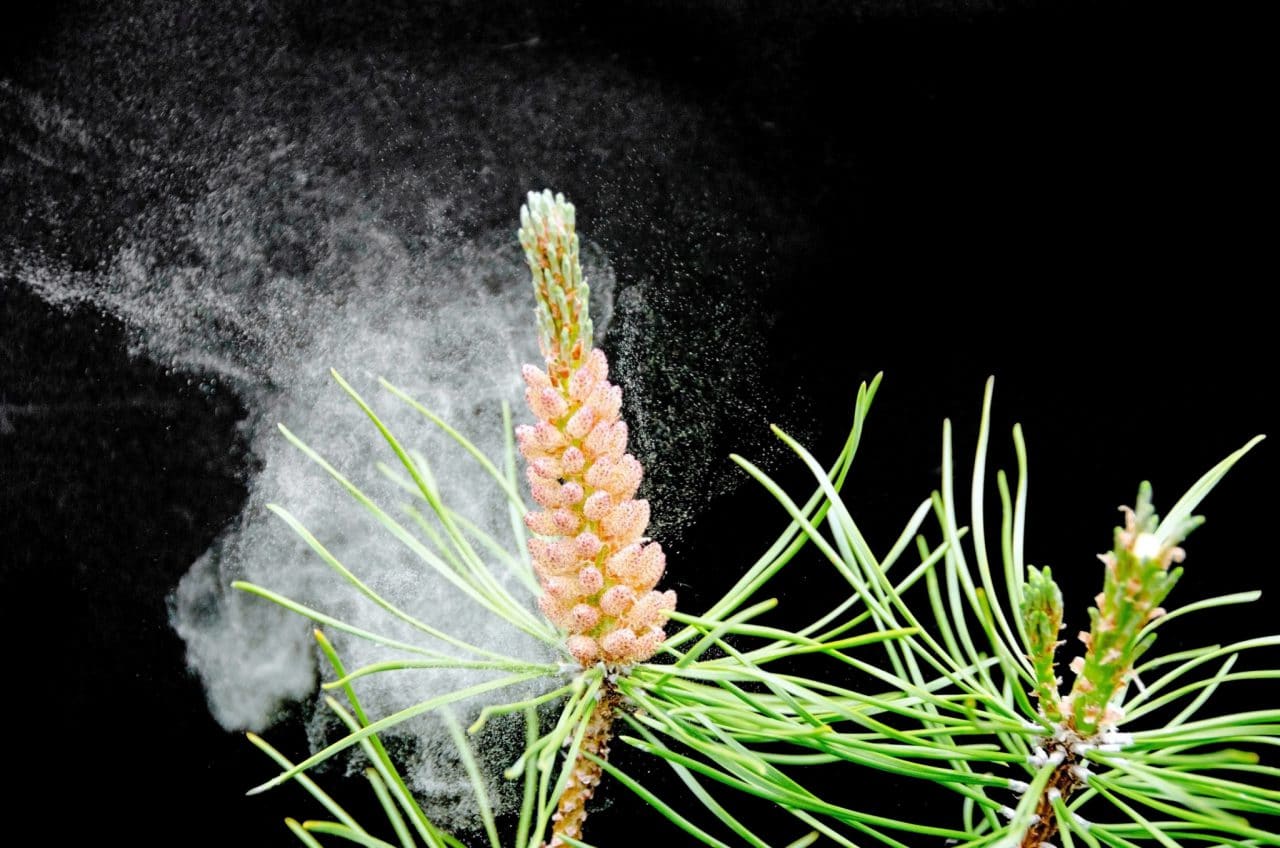There are countless types of allergies; each type has its own set of symptoms, which can range from mild to life threatening.

Seasonal Allergies
Allergies fall under two categories: seasonal and perennial. The latter occurs year-round, while seasonal allergies appear during specific times of the year, generally during spring when trees and flowers bloom. They can also occur in the fall, when ragweed is at its worst. Seasonal allergies are often referred to as hay fever.
There are steps you can take to reduce seasonal allergy symptoms. Avoiding the allergy trigger is first and foremost. Stay indoors when pollen counts are at their peak, especially on dry, windy days. This usually occurs during the early morning and evening hours. Close windows and run the air conditioner.
If you have to go outside, wear sunglasses and consider a dust mask. When driving, keep the windows rolled up and the AC running. Back indoors, change out of the clothing you wore, and shower to rinse away pollen from your skin and hair. Using a high-efficiency particulate air (HEPA) filter indoors can help keep the air clean.
Over-the-counter medications can help relieve seasonal allergy symptoms. Antihistamines will help reduce sneezing, itching, watery eyes and runny nose. Popular choices include Claritin, Zyrtec, Allegra and Alavert. Decongestants such as Sudafed and nasal sprays like Afrin help with nasal congestion.
Irrigating the nasal passages with a Neti pot or similar rinse can also prove beneficial. If medical treatment is ineffective, talk to your doctor about alternative options such as immunotherapy (allergy shots).
Mold Allergies
Individuals with mold allergies experience immune system reactions whenever mold spores are inhaled. Symptoms are similar to those that occur with other types of allergies and include a stuffy or runny nose, itchy and/or watery eyes, wheezing, cough and postnasal drip. Some people might develop a rash or hives.
Mold allergies can trigger asthma attacks in those who are susceptible.
Molds are extremely common, both indoors and out. They are a type of fungus that thrives in moist, dark places. Not all molds cause allergic reactions, and not everybody who breathes in mold spores will experience symptoms.
Those whose work exposes them to mold (e.g., farmers, loggers, wine growers), who live in moist or humid environments or who live or work in a building with excess moisture or poor ventilation have a higher risk of developing mold allergies.
Take steps to prevent mold growth when possible. Use a dehumidifier to reduce moisture in the home, and eliminate water sources from moisture-prone areas such as basements. Use an air conditioner with a HEPA filter, and make sure your home is properly ventilated. Be sure to run the ventilation fan when taking a shower or bath. Avoid installing carpet in bathrooms and basements.
Treating mold allergies involves the same medications you would use for dealing with seasonal allergies. Antihistamines, decongestants and nasal sprays can all help relieve symptoms. A prescription drug called Singulair has proven helpful in the treatment of mold allergies.
Pet Allergies
Allergies to dogs and cats are the most common pet allergy. What you are allergic to is not the animal itself, it is the allergens the animal produces. These allergens are usually found in the animal’s hair, dander, saliva and urine.
Common symptoms to these allergens are sneezing, a runny or stuffy nose, facial pain, coughing, chest tightness, shortness of breath and wheezing, watery, red or itchy eyes and a skin rash or hives.
Call Willamette ENT & Facial Plastic Surgery at (503) 581-1567 for more information or to schedule an appointment.
“Everyone is nice and very efficient.”